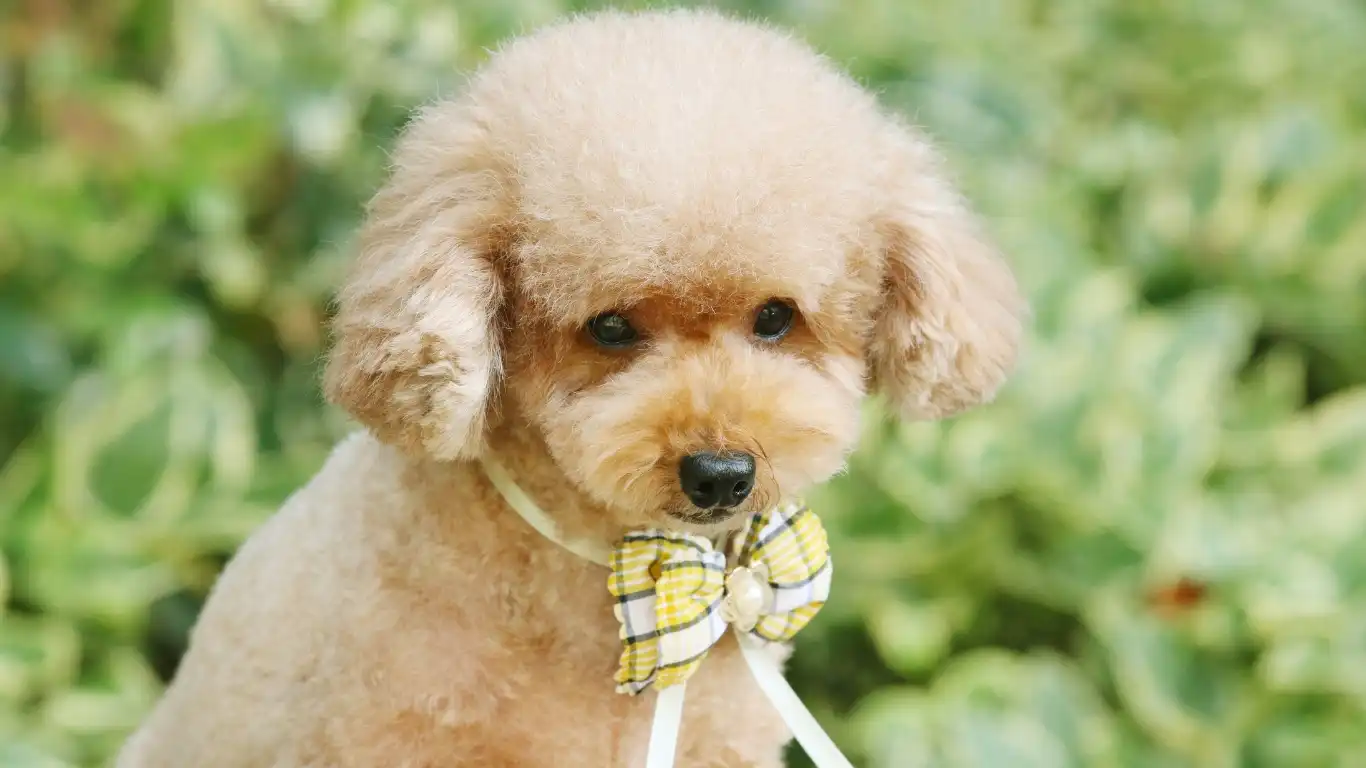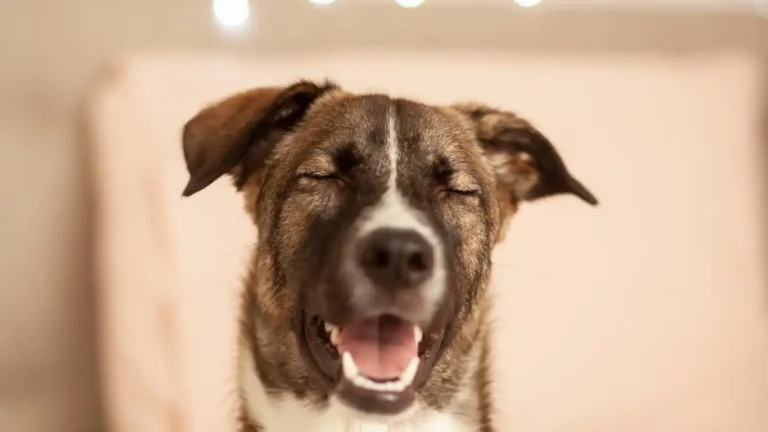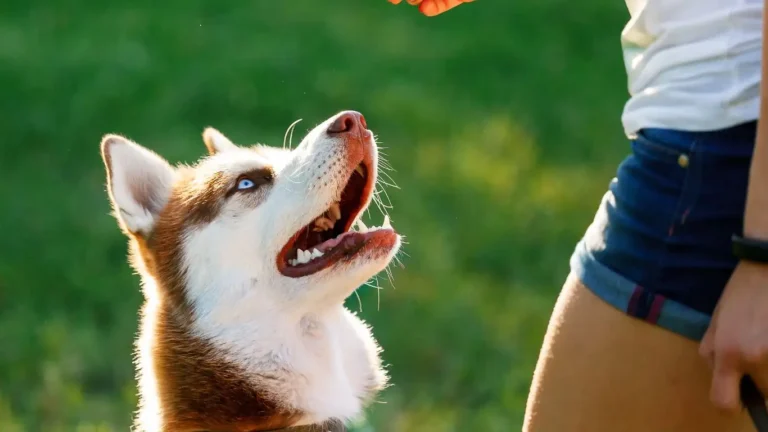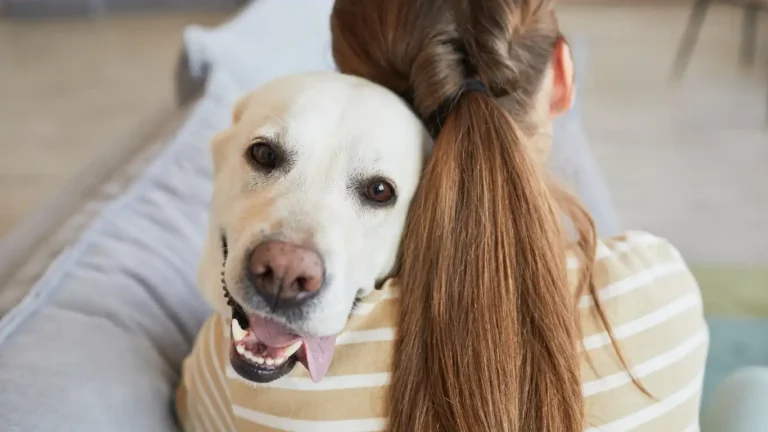Master How to Properly Leash Train a Dog & Stop Pulling for Good!
Leash training a dog sounds simple enough—just clip on a leash and start walking, right? Well, if only it were that easy! If you’ve ever been dragged down the sidewalk by an overexcited pup or struggled with a dog that refuses to budge, you know it’s a skill that takes patience and technique. As a pet nutritionist and someone who has worked in veterinary clinics, I’ve seen firsthand how proper leash training can transform walks from frustrating tug-of-wars to enjoyable bonding experiences. So, let’s dive into how to properly leash train a dog—without the stress.
Why Leash Training is Essential for Your Dog’s Well-Being
Before we get into the step-by-step process, let’s talk about why leash training is so important. Some pet parents assume their dog will just “figure it out” over time, but without proper guidance, this often leads to bad habits like pulling, lunging, or even leash aggression.
- Safety: A well-trained dog is less likely to dart into traffic or get into dangerous situations.
- Better Socialization: Proper leash manners make meeting new dogs and people less stressful.
- More Enjoyable Walks: No one enjoys being yanked around! A trained dog means a relaxed, enjoyable outing.
- Legal Compliance: Many cities require dogs to be on a leash in public spaces.
One thing I’ve learned over the years? The leash is more than just a tool—it’s a communication line between you and your pup.
Choosing the Right Equipment for Leash Training
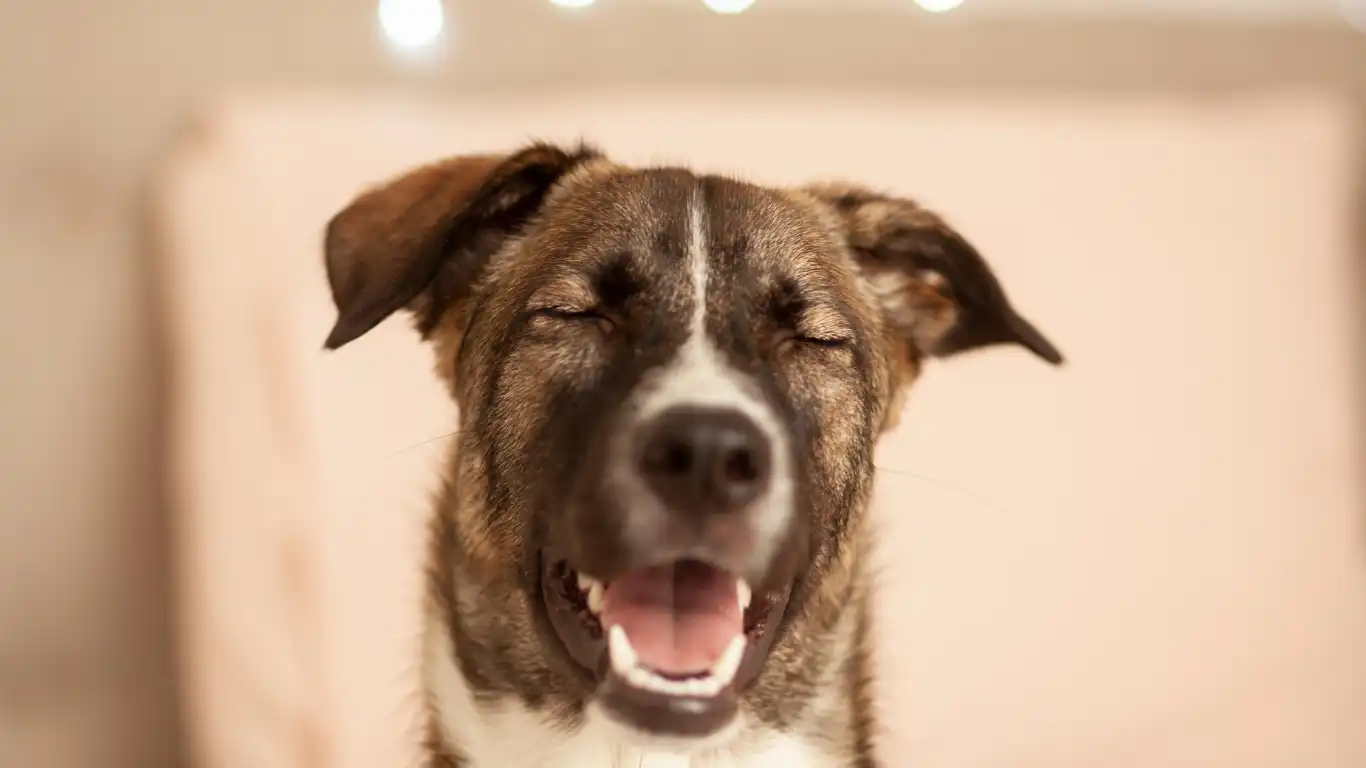
Before starting leash training, you’ll need the right gear. Not all leashes and collars are created equal, and using the wrong equipment can make training harder.
Leash Types: Which One is Best?
I’ve seen countless pet parents struggle because they’re using the wrong leash. Here’s a quick breakdown:
- Standard Leash (4-6 feet): Ideal for training because it gives you control while allowing some freedom.
- Retractable Leash: Not great for training since it encourages pulling.
- Hands-Free Leash: Good for jogging but not ideal for beginners.
Collars vs. Harnesses: What Works Best?
The age-old debate: should you use a collar or a harness? The answer depends on your dog.
- Flat Collar: Works well for dogs that don’t pull excessively.
- Martingale Collar: Ideal for dogs who tend to slip out of their collar.
- Front-Clip Harness: My personal favorite for training—discourages pulling and keeps pressure off the neck.
- Back-Clip Harness: More comfortable but not as effective for training.
If your dog is a heavy puller, a no-pull harness can make a world of difference. Trust me, I’ve worked with strong, stubborn dogs, and a well-fitted harness was a game-changer.
Introducing Your Dog to the Leash
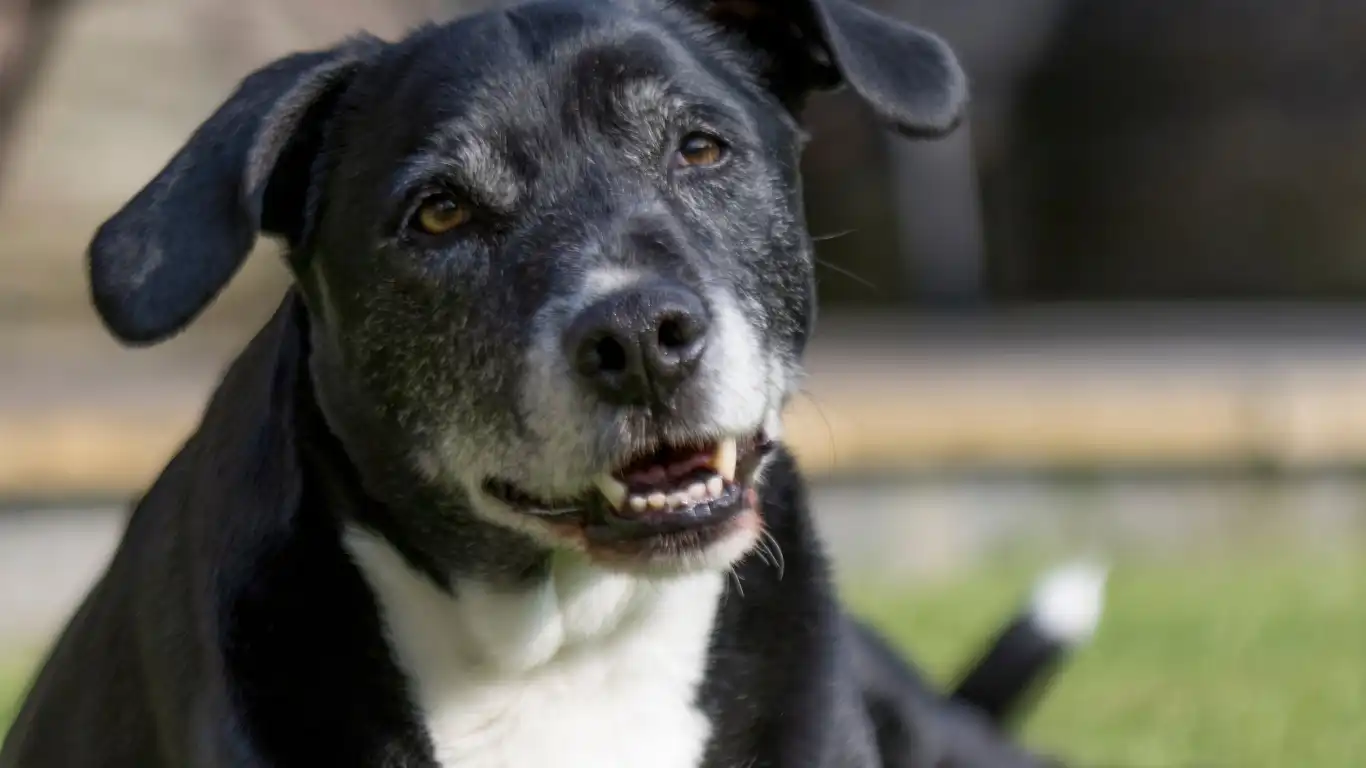
Some dogs take to a leash naturally, while others act like you’ve just attached a hundred-pound weight to them. Either way, proper introduction is key.
Step 1: Let Your Dog Get Familiar
Before you even clip the leash on, let your pup sniff and investigate it. I like to place the leash near their food bowl or favorite toy so they associate it with something positive.
Step 2: Short Sessions Indoors
Start with short, positive sessions inside your home. Clip the leash on and let them drag it around under supervision. Reward them with treats and praise to create a good association.
Step 3: Practice Controlled Walks Inside
Once they’re comfortable wearing the leash, practice walking inside your home or backyard. Use treats to encourage them to follow you rather than pulling away.
Patience is key here. I’ve had dogs freeze up the moment a leash is attached—it’s normal! Just take it slow, and don’t force them.
Teaching Loose-Leash Walking
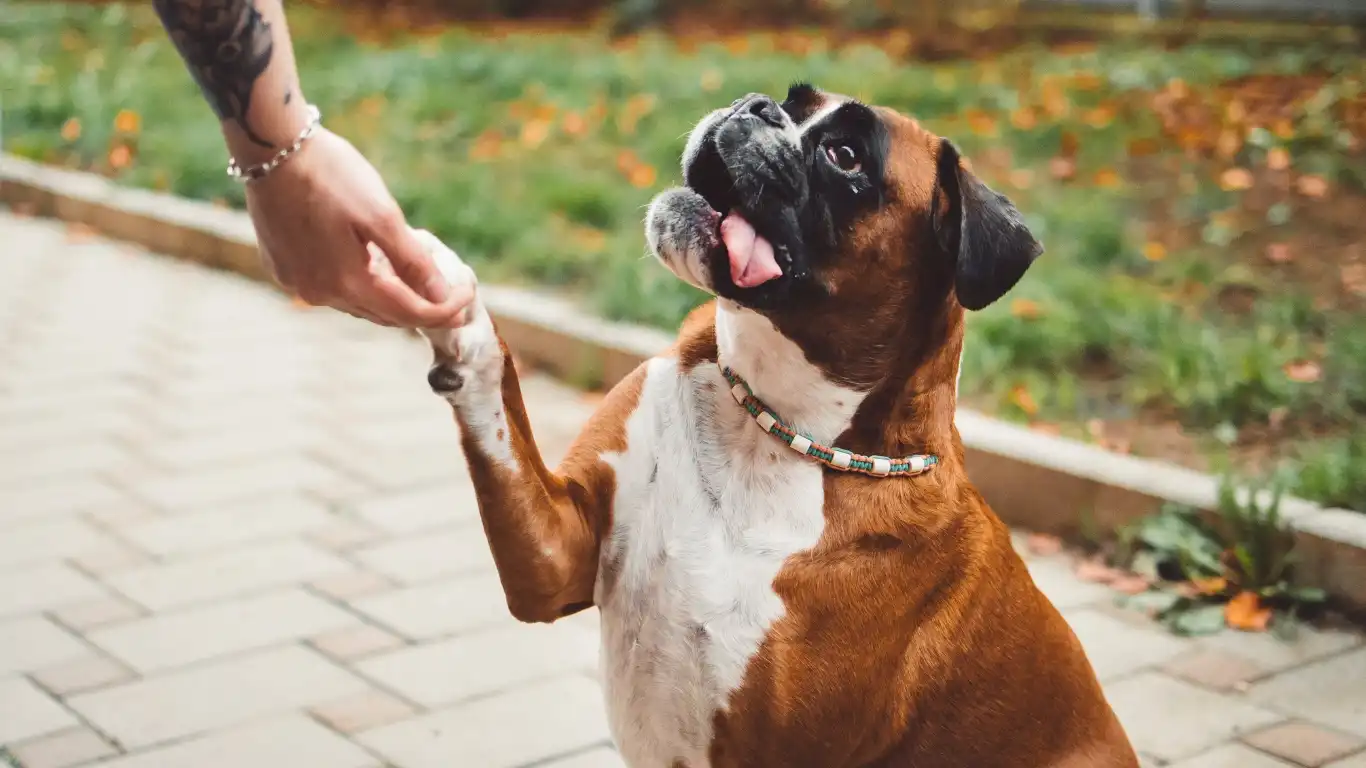
Now that your pup is comfortable with the leash, it’s time to teach them to walk without pulling. This is where most owners struggle, but don’t worry—I’ve got some foolproof tips.
The “Stop-and-Go” Method
Here’s one of my favorite techniques for stopping pulling:
- Start walking with your dog on a loose leash.
- If they start pulling, stop immediately—don’t let them drag you.
- Wait for them to loosen the tension, then resume walking.
- Repeat as needed, rewarding when they stay by your side.
This teaches your dog that pulling doesn’t get them where they want to go.
The “Turn-Around” Trick
Another effective trick is changing direction whenever they pull:
- When your dog starts pulling, make a sharp U-turn and walk the other way.
- They’ll quickly learn that pulling results in going the opposite direction!
- Keep sessions short and fun, rewarding good behavior.
Leash training isn’t about dominance—it’s about communication. With patience and consistency, your dog will soon walk beside you like a pro.
Common Leash Training Challenges and How to Overcome Them
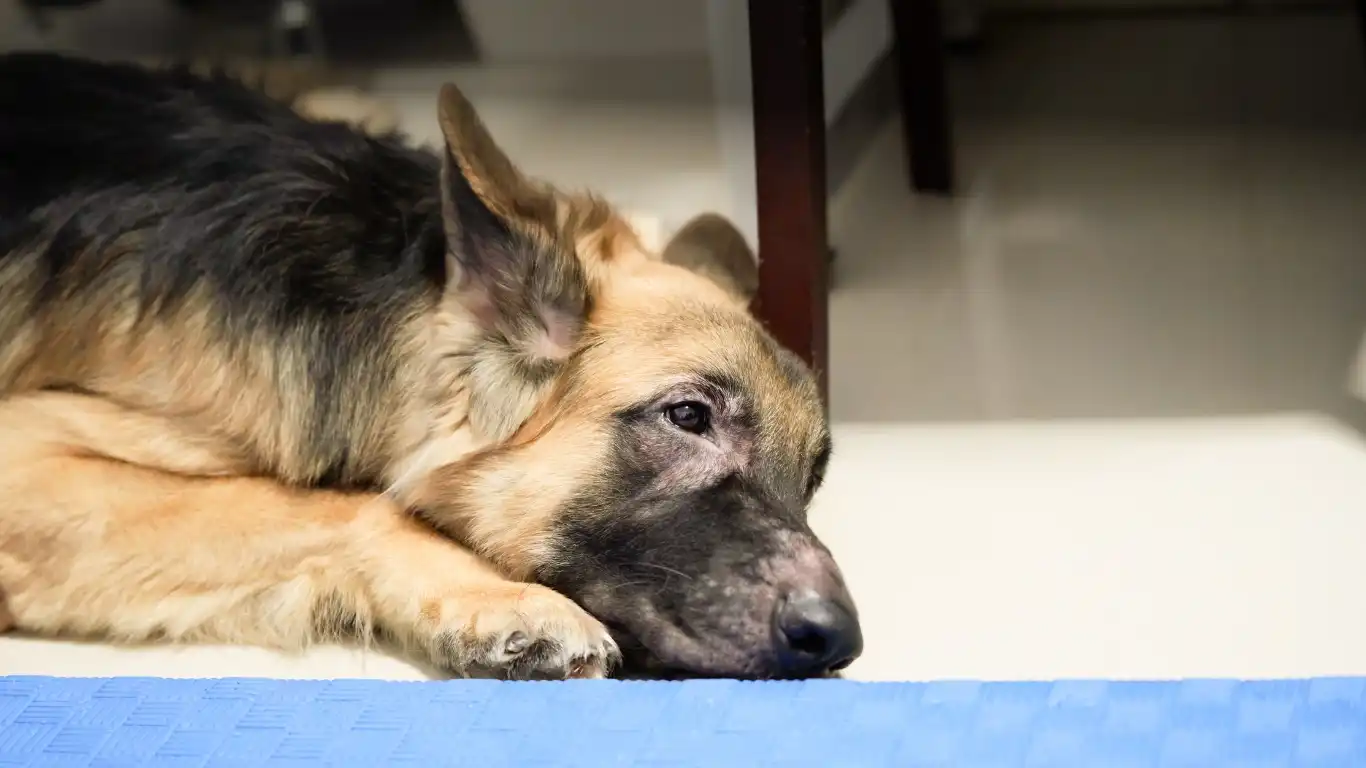
By now, you’ve got the basics down—but let’s be real: leash training doesn’t always go smoothly. Every dog is different, and some will test your patience more than others. I’ve worked with dogs that flop onto the ground in full protest mode, others that zig-zag like they’re on a mission, and some that turn into sled dogs the second the leash is clipped on. Sound familiar? Don’t worry—we’ll tackle these common leash training hiccups one by one.
“My Dog Won’t Walk on a Leash”
If your pup freezes like a statue or refuses to budge, they might be feeling nervous or unsure. Some dogs need extra encouragement to get moving.
- Use High-Value Treats: Tempt them with their absolute favorite treats (think tiny bits of chicken or cheese) to lure them forward.
- Start in a Low-Distraction Area: Your backyard or even inside the house is ideal for building confidence.
- Try a “Follow Me” Game: Walk a few steps away and encourage them to come to you. Reward immediately when they do.
One trick that worked like magic for a hesitant pup I worked with? Walking a few steps backward while calling them excitedly—suddenly, it became a fun game instead of a stressful experience.
“My Dog Pulls Like a Freight Train”
Pulling is probably the most common issue dog owners face. The good news? It’s fixable with consistency.
- Use a No-Pull Harness: This helps redirect their energy without choking them.
- Stop Moving: Every time they pull, stop in your tracks. Only move forward when the leash is slack.
- Change Directions: If they’re charging ahead, turn around and go the opposite way. It teaches them to pay attention to you.
Consistency is key here. If pulling gets them where they want to go, they’ll keep doing it. Teach them that a loose leash is the way to walk.
“My Dog is Overly Excited or Reactive”
Some dogs lose their minds the moment they see another dog, squirrel, or even a blowing leaf. If your pup is bouncing with excitement or barking at everything in sight, here’s how to regain control:
- Work on Focus Commands: Teaching “watch me” or “look” can help redirect their attention.
- Keep Distance at First: If your dog is reactive, start training in low-distraction areas and gradually work up to busier environments.
- Use Calm Energy: Dogs feed off your energy. Stay relaxed and confident—if you’re tense, they’ll sense it.
I once worked with a Labrador who lunged at every dog he saw. We practiced stopping at a distance, rewarding calm behavior, and slowly decreasing the gap over time. Within a few weeks, he was walking past other dogs with barely a glance!
Building Good Leash Habits for the Long Term
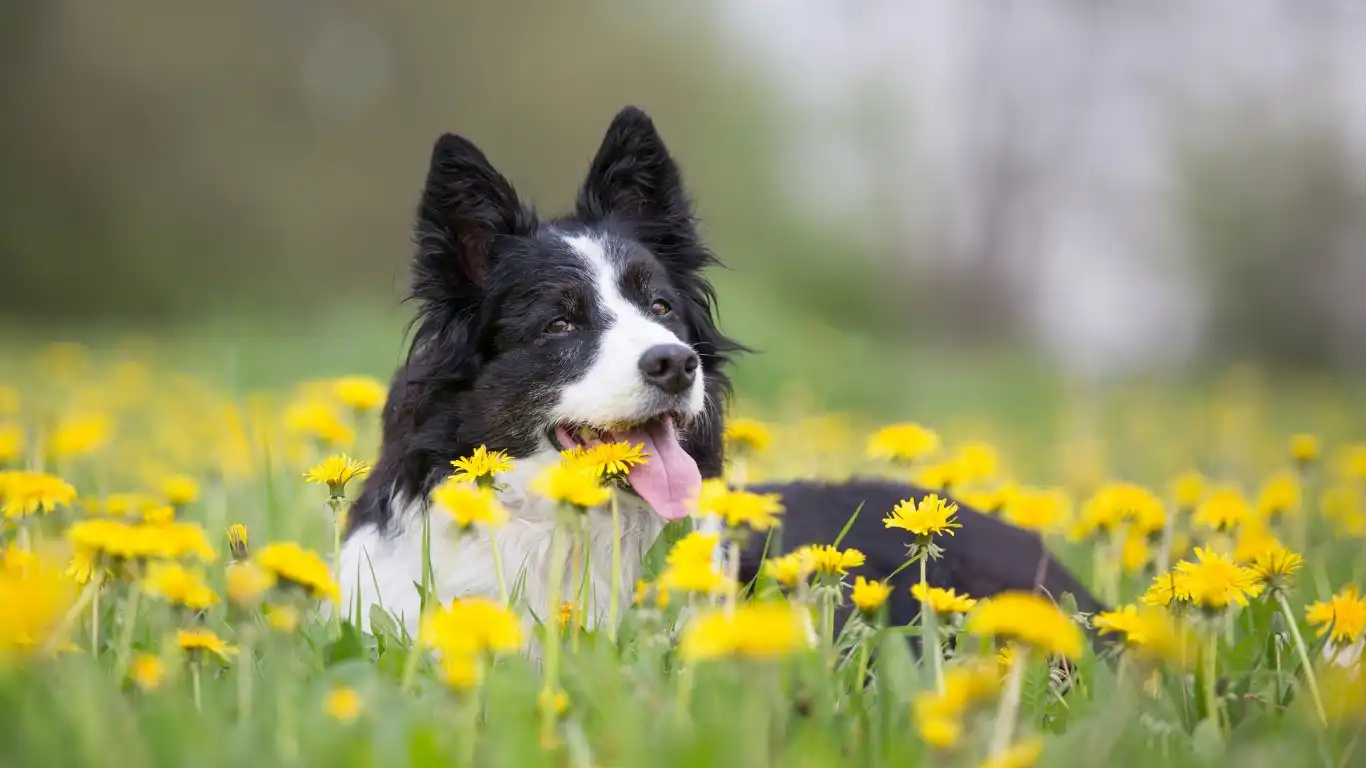
Once your dog starts walking nicely, don’t stop there! Maintaining good leash manners is an ongoing process. Dogs, like people, can get a little rusty if they don’t practice.
Keep Walks Interesting
Dogs get bored just like we do. Switching up the route, letting them sniff, and incorporating some training into the walk keeps things engaging.
- Change Up the Scenery: Explore different parks, streets, or hiking trails.
- Let Them Sniff: A dog’s sense of smell is their way of exploring the world—give them time to take it all in.
- Mix in Some Training: Ask for a “sit” at crosswalks or do short recall exercises to keep them engaged.
Be Mindful of Your Dog’s Energy Levels
Some dogs have boundless energy, while others are more laid-back. Adjust your walks accordingly.
- High-Energy Breeds: Consider adding some running or playtime to burn off extra energy before walking.
- Older or Low-Energy Dogs: Keep walks at a comfortable pace and watch for signs of fatigue.
One of my biggest pet peeves? Seeing owners dragging exhausted dogs along just to “get the steps in.” A good walk should be enjoyable for both of you!
When to Seek Professional Help

Sometimes, despite your best efforts, leash training just isn’t clicking. That’s okay! Some dogs, especially rescues with past trauma or highly reactive breeds, may need extra guidance.
Signs You May Need a Trainer
- Extreme Reactivity: If your dog lunges, growls, or barks aggressively at people or dogs, a trainer can help desensitize them safely.
- Severe Pulling Issues: If walks feel more like resistance training, a professional can offer specialized techniques.
- Fear or Anxiety: Some dogs shut down completely on a leash due to past experiences. A trainer can help build their confidence.
Finding a positive reinforcement-based trainer is key. Avoid anyone who suggests punishment-based methods like choke chains or prong collars—there are better, kinder ways to train.
Leash training is a journey, not a race. The more positive experiences your dog has on a leash, the better they’ll become at it. Keep it fun, be patient, and before you know it, you’ll have a walking buddy that makes every stroll a joy.
Leash Training Tips for Different Dog Personalities
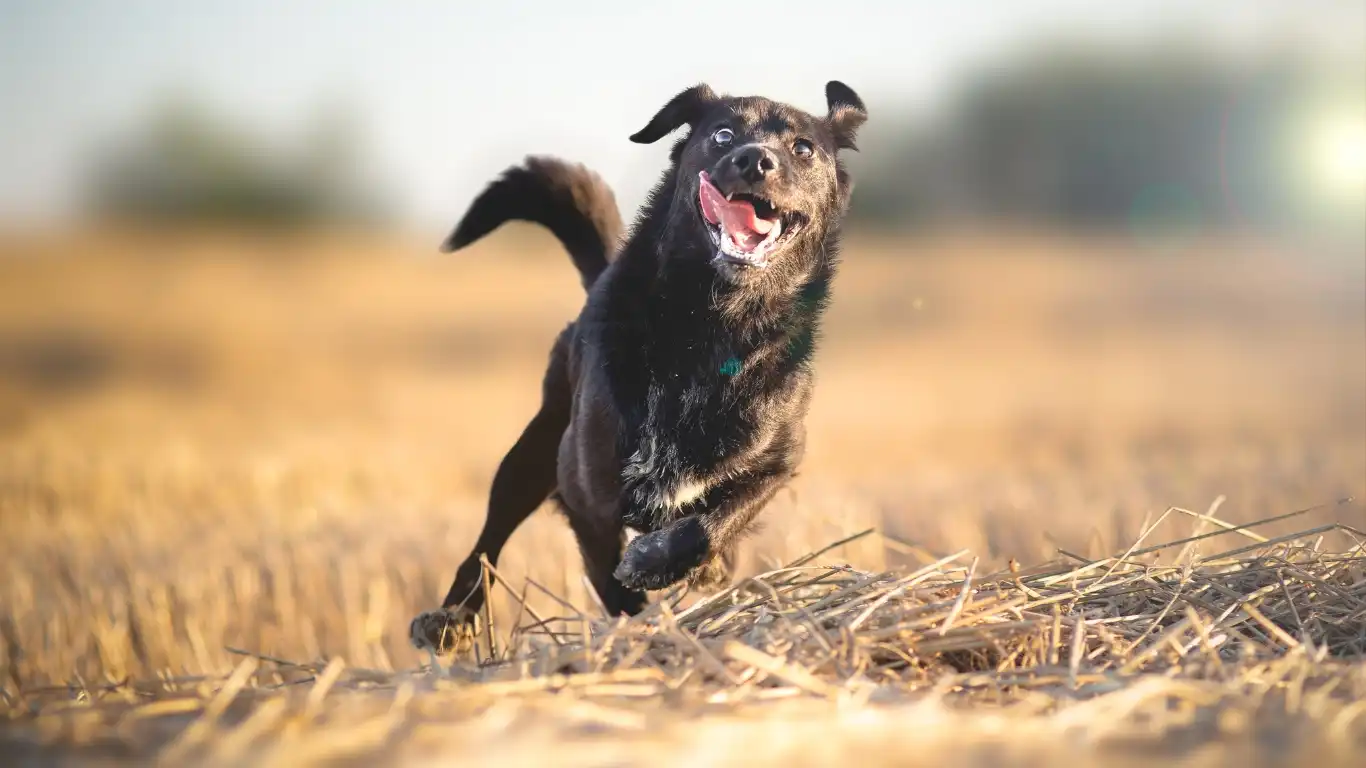
By now, you’ve learned the essentials of leash training, tackled common challenges, and even explored long-term habits. But let’s take it a step further—because not all dogs are the same. Training a high-energy Border Collie is wildly different from working with a timid rescue pup. Understanding your dog’s personality and tailoring your approach makes all the difference.
The Overexcited Explorer
These dogs treat every walk like a grand adventure. They charge ahead, eager to sniff every bush, chase every squirrel, and greet every passerby.
- Use Structured Walks: Start with a short “business walk” where they focus on walking calmly before allowing sniff breaks.
- Incorporate Training Stops: Every few minutes, ask for a “sit” or “stay” to reinforce focus.
- Try a Weighted Backpack: Adding a light doggy backpack can give them a “job” and help channel their energy.
The Timid or Anxious Dog
Nervous dogs may freeze up, cower, or try to dart away from loud noises or unfamiliar places.
- Go at Their Pace: Let them explore at a comfortable speed without forcing them into overwhelming situations.
- Use a Long Leash in Safe Areas: Giving them more freedom in a quiet space can help build confidence.
- Reinforce Positive Experiences: Celebrate small wins with treats and praise.
I’ve worked with shy rescue dogs that took weeks to step outside confidently. With patience and encouragement, even the most fearful pups can learn to love their walks.
The Stubborn and Strong-Willed Dog
Some dogs have a mind of their own. If they decide they don’t want to walk, they’ll plant their feet like a mule—or if they want to go somewhere, they’ll drag you there.
- Make It Worth Their While: Use high-value treats or toys to make walking with you more rewarding than pulling.
- Be Consistent: If they pull, stop. If they refuse to walk, use excitement and encouragement instead of force.
- Consider a Professional Trainer: Some strong-willed breeds, like Huskies or Bulldogs, may benefit from expert guidance.
Choosing the Right Leash and Gear

Having the right leash and gear can make a world of difference in leash training success. But with so many options out there, what’s actually useful? Let’s break it down.
Leash Types
- Standard Leash (4-6 feet): Ideal for everyday training, giving you control while allowing some freedom.
- Long Line (10-30 feet): Great for recall training or giving a nervous dog more space to explore.
- Retractable Leash: Not recommended for training! These can encourage pulling and offer little control in unexpected situations.
Collars vs. Harnesses
- Flat Collar: Fine for well-trained dogs, but not ideal for heavy pullers.
- Martingale Collar: Helpful for dogs who slip out of regular collars.
- No-Pull Harness: A game-changer for pullers! These distribute pressure evenly and discourage pulling without discomfort.
Avoid choke chains, prong collars, or shock collars—they can cause physical harm and anxiety, making training harder in the long run.
Frequently Asked Questions About Leash Training
Even with all this information, you might still have some lingering questions. Here are some common ones I hear from dog owners:
How long does it take to leash train a dog?
It depends on the dog! Some pick it up in a few days, while others take weeks or even months. Consistency, patience, and positive reinforcement are key.
What if my dog only listens sometimes?
Inconsistency in training often leads to this issue. Make sure everyone in your household follows the same rules and reinforces good behavior every time.
Is it okay to let my dog pull sometimes?
Not if you want them to have good leash manners! If you allow pulling occasionally, they’ll think it’s acceptable. Instead, have designated “free sniff” zones where they can explore within reason.
Can older dogs learn to walk nicely on a leash?
Absolutely! While puppies are more adaptable, older dogs can still learn with patience and proper training.
Final Thoughts on Leash Training
Leash training is one of the most valuable skills you can teach your dog. It keeps them safe, strengthens your bond, and makes every walk more enjoyable. Remember:
- Be patient—every dog learns at their own pace.
- Use positive reinforcement to encourage good behavior.
- Stay consistent to prevent mixed signals.
Most importantly, have fun with it! Walks should be something both you and your pup look forward to. Happy training!
References
- American Kennel Club (AKC) – Leash Training Tips
- ASPCA – Positive Reinforcement Training
- Humane Society – Understanding Dog Behavior
Disclaimer
This article is for informational purposes only and should not be considered professional veterinary or training advice. Always consult with a certified trainer or veterinarian for guidance tailored to your dog’s specific needs.
